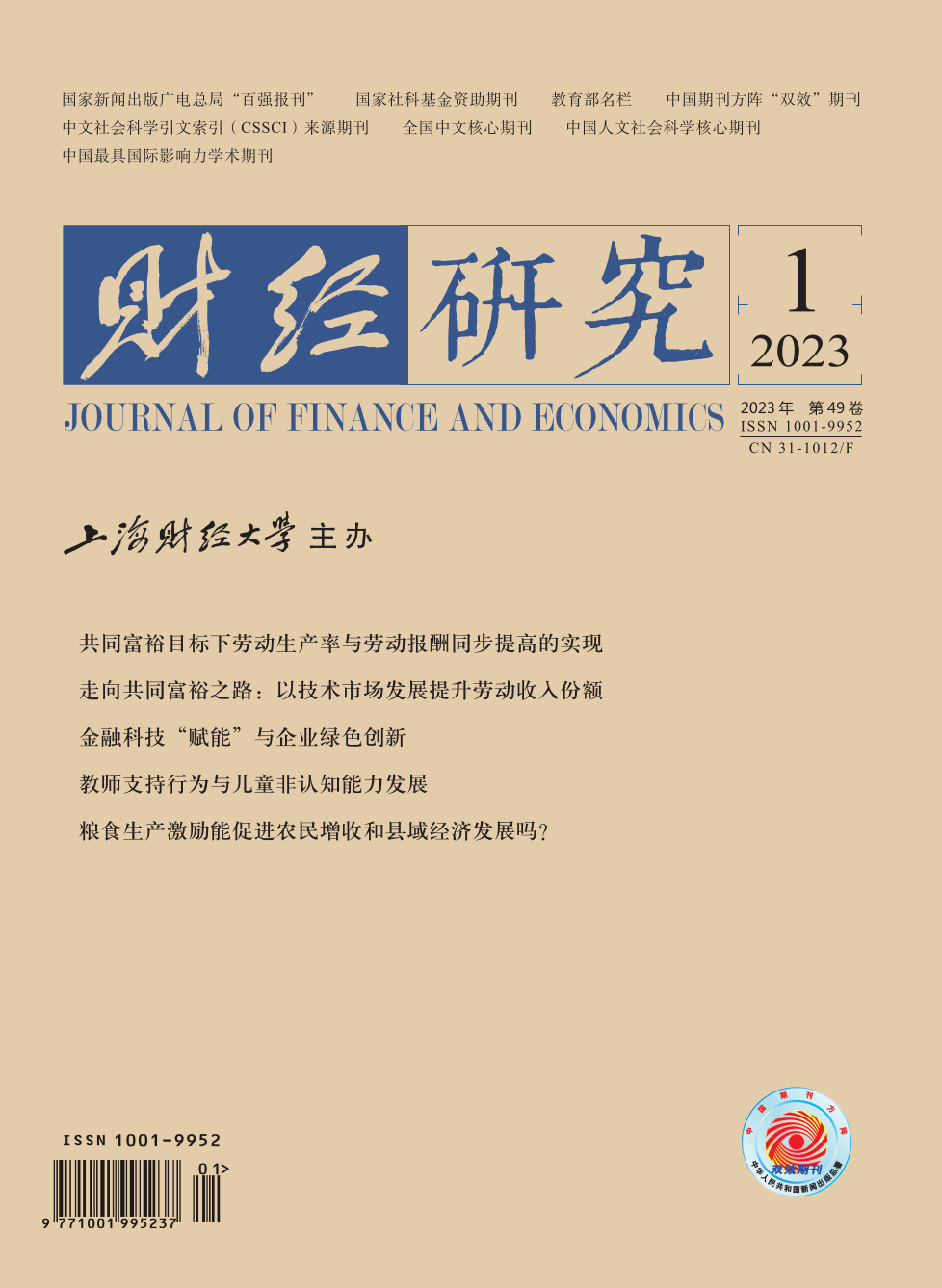Employment stability is an important guarantee to support China’s economic development and an important basis for promoting common prosperity. In the face of the increasingly complex international situation and domestic economic operation pressure, how to maintain regional employment stability is a major challenge facing the society and the government at present. As a new development mode, e-commerce plays an important role in promoting the upgrading of industrial structures and enhancing the vitality of economic development. At the same time, it provides new ideas for promoting urban employment. Therefore, discussing the impact of e-commerce development on urban employment is of great practical significance for further expanding employment space and achieving more full and high-quality employment.
Based on the quasi-natural experiment of the construction of national e-commerce demonstration cities (CNEDC), this paper evaluates the impact of the CNEDC on urban employment using urban panel data and the DID method. The study finds that: First, the CNEDC can significantly improve the urban employment level. Second, the employment promotion effect of the CNEDC is more significant in secondary and tertiary industries, in cities with a high internet development level, and in cities with a low economic development level. At the same time, it has a significant promotion effect in eastern and mid-western cities. Third, the activity of urban entrepreneurship and the agglomeration of producer services are the main impact mechanisms of the CNEDC to improve the urban employment level. Fourth, the CNEDC has a positive spatial spillover effect, which enhances the employment level in demonstration cities and also enhances the employment level in neighboring cities, adjacent cities, and economically similar cities.
The main contributions of this paper are as follows: First, compared with previous studies which use a single indicator or a composite index to measure the level of urban e-commerce development, it uses the exogenous policy shock of the CNEDC to avoid the estimation bias caused by endogenous problems such as measurement error and reverse causality. Second, it discusses the impact mechanism of the CNEDC on urban employment, deepens the internal logical relationship between the CNEDC and urban employment, and examines the spillover effect of the CNEDC on the employment level of other cities. Third, it provides an empirical basis for exerting the employment absorption effect of e-commerce development under the new normal of the economy, and also provides new policy ideas for achieving regional stable employment, expanding employment channels, and strengthening employment priority policies.





 3259
3259  2525
2525

